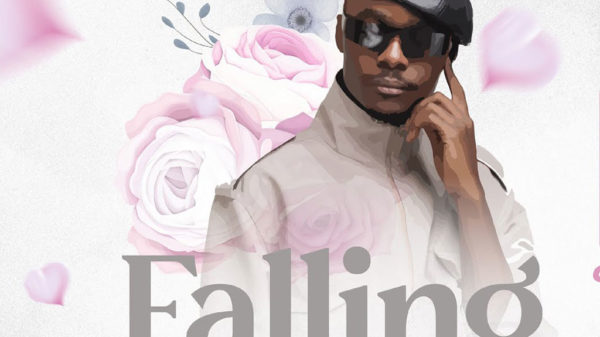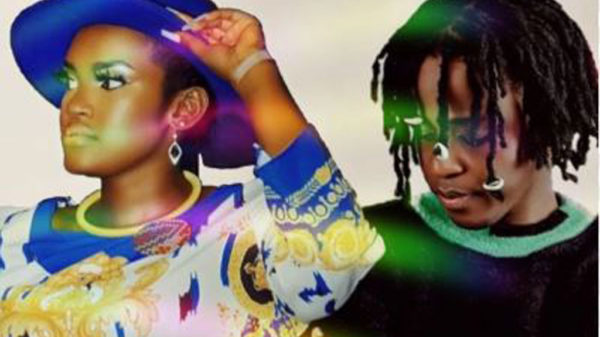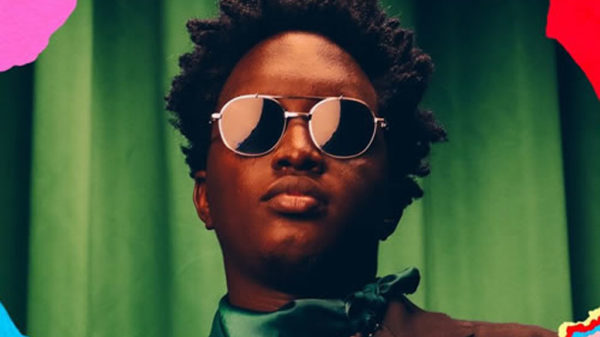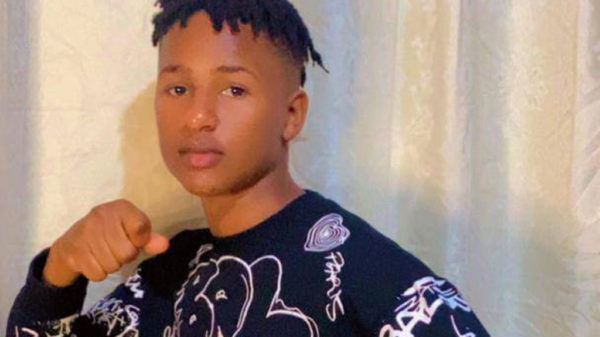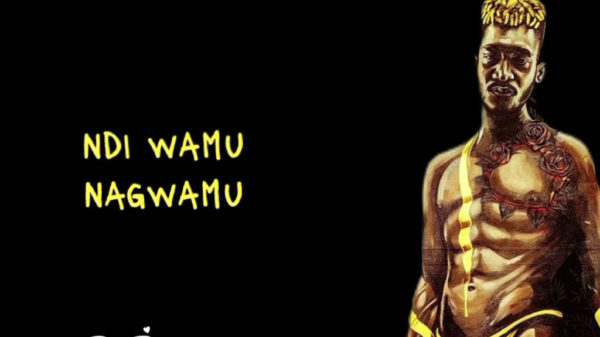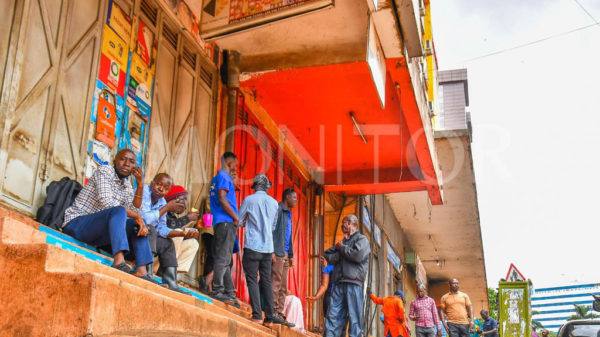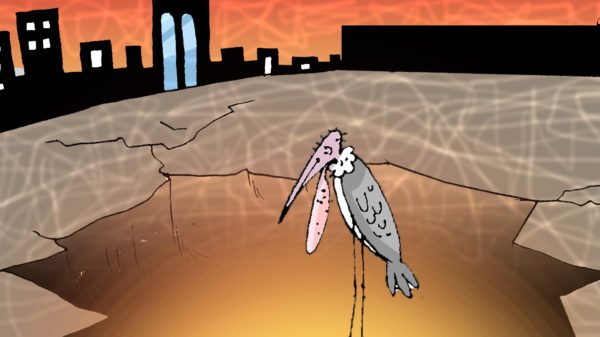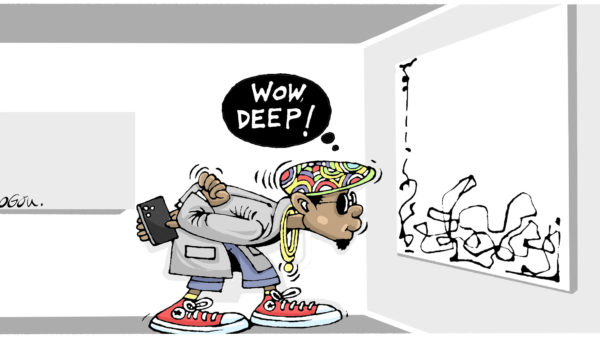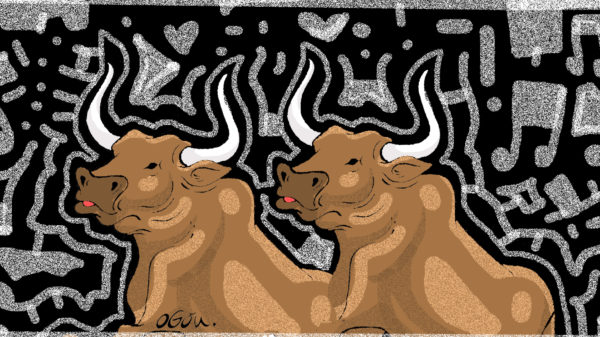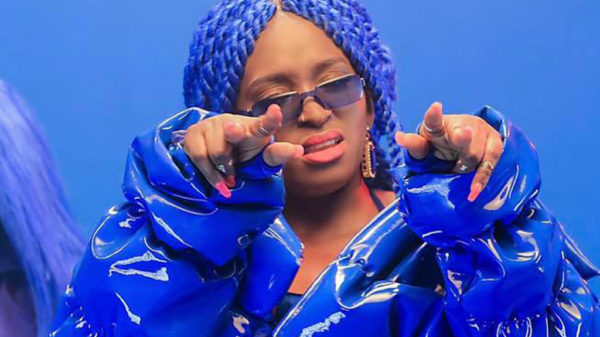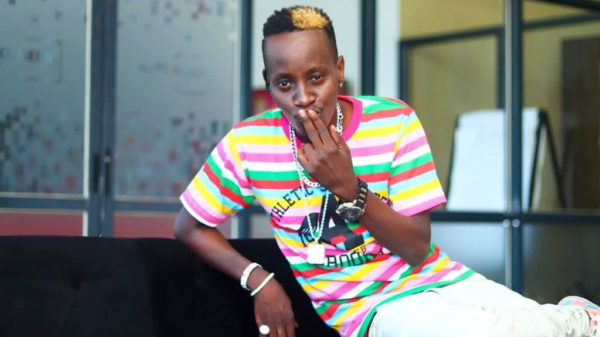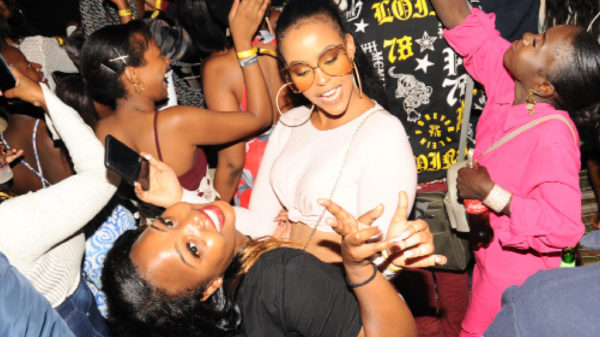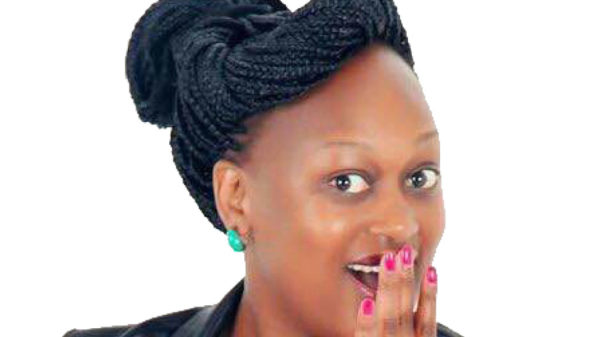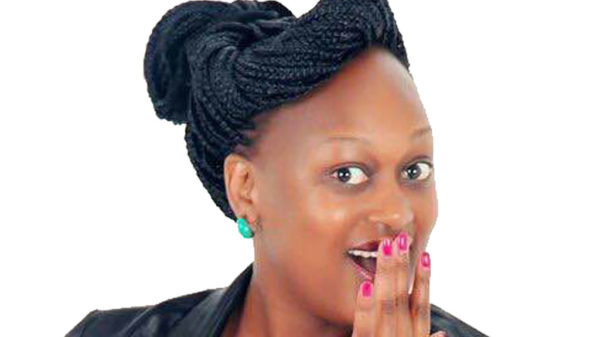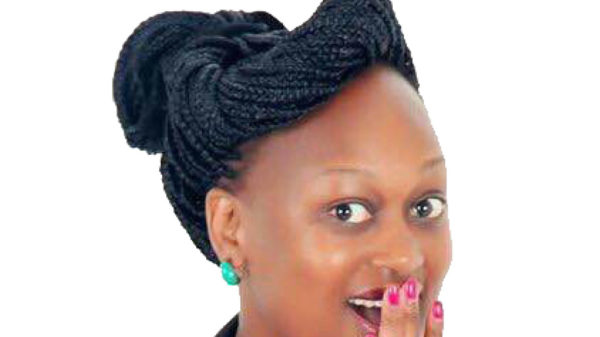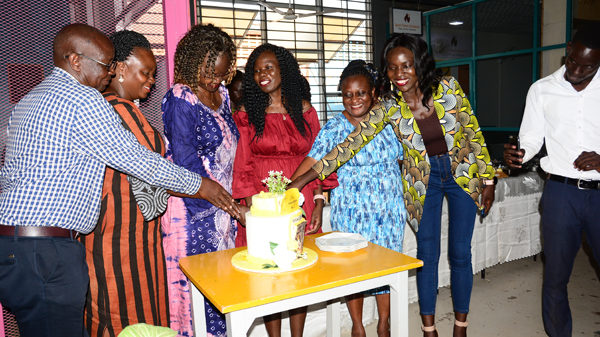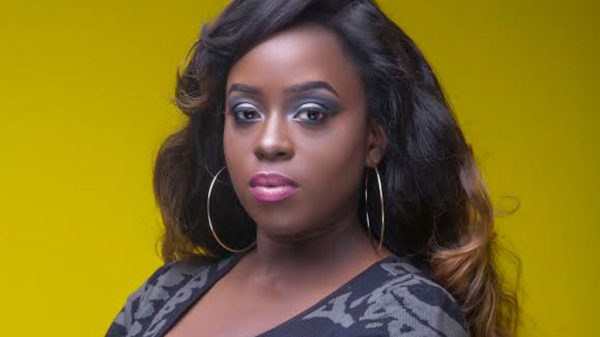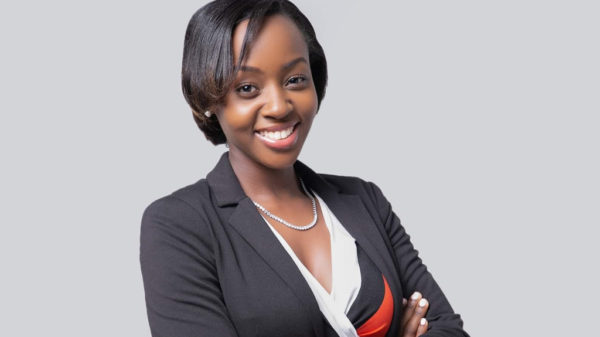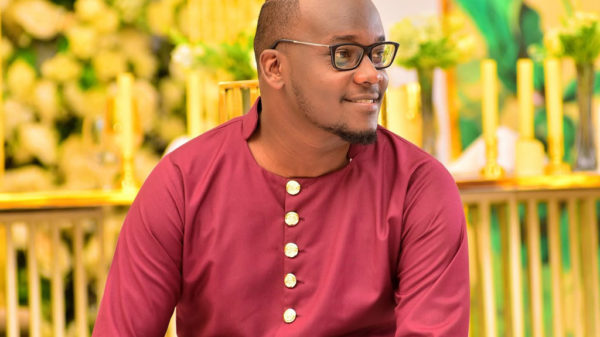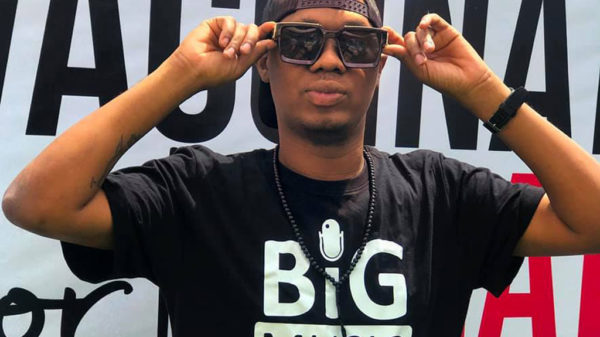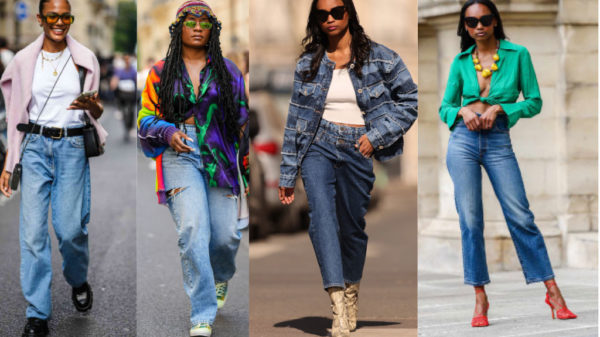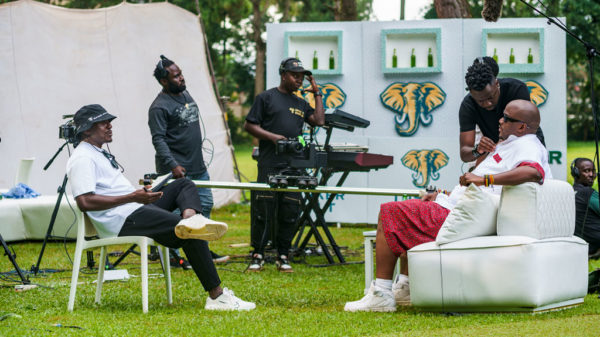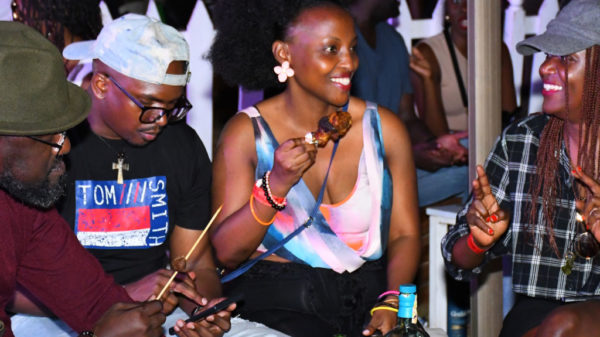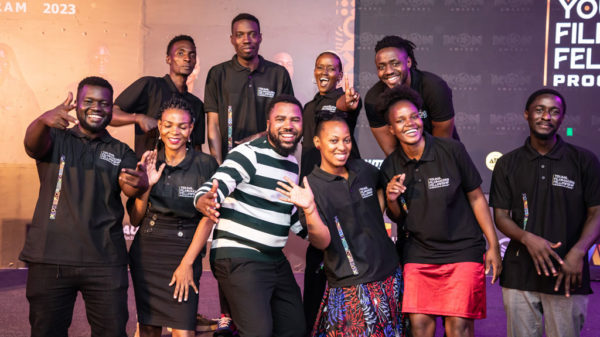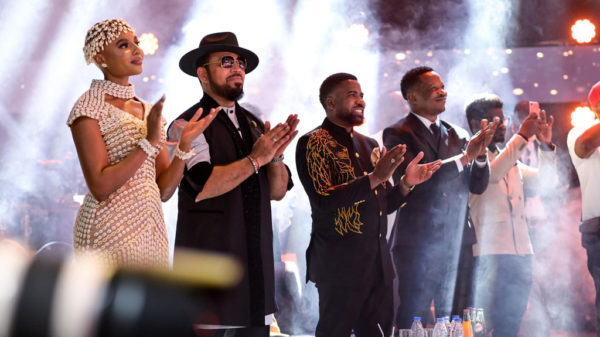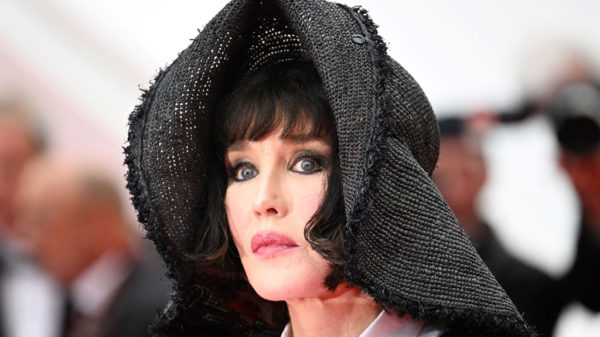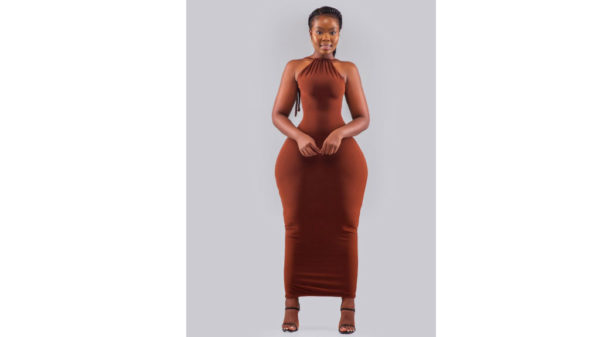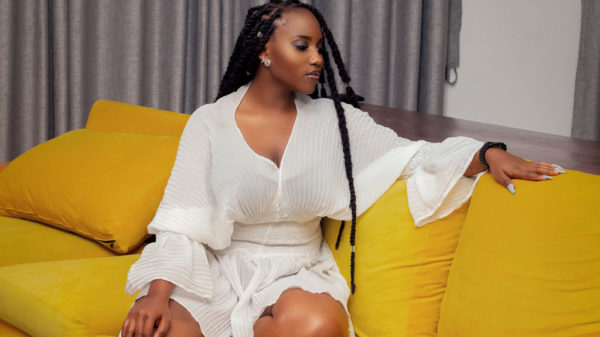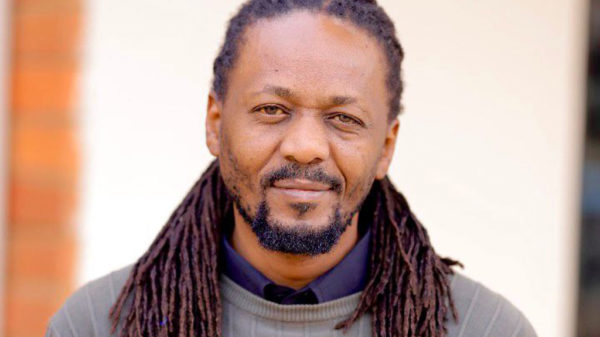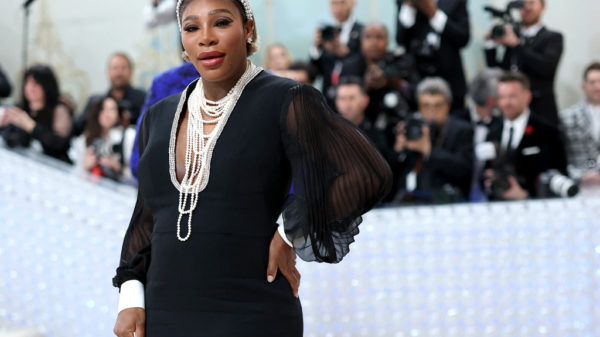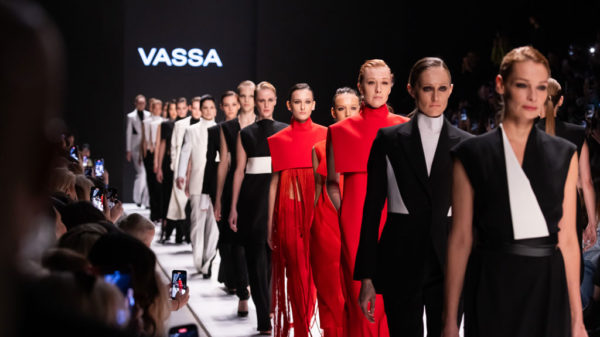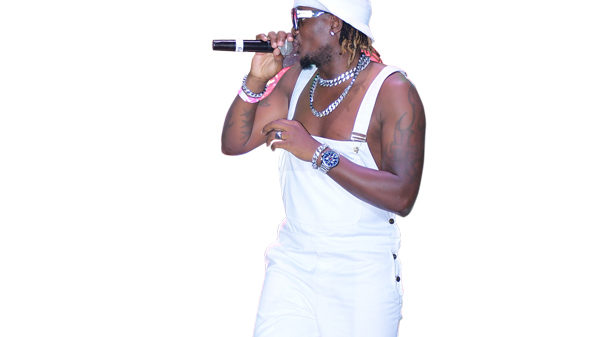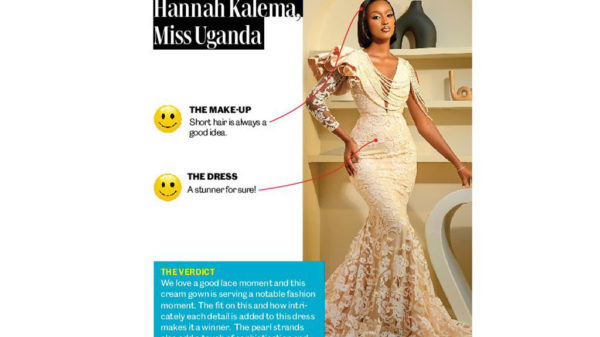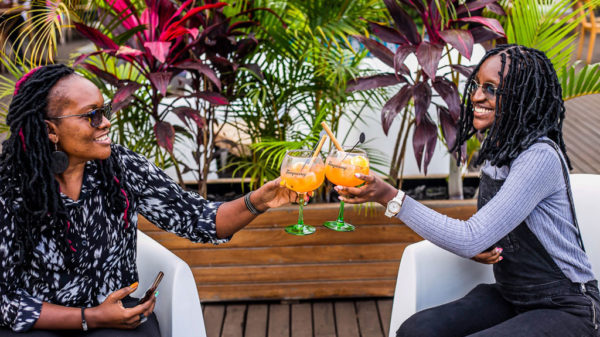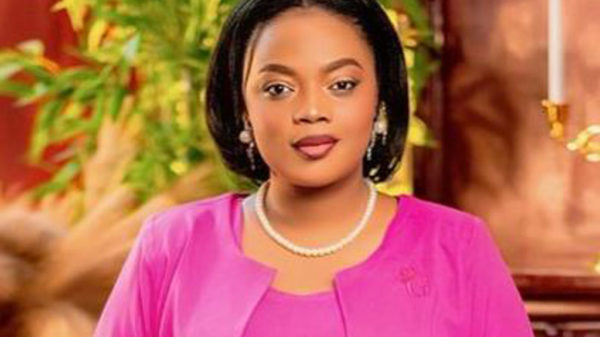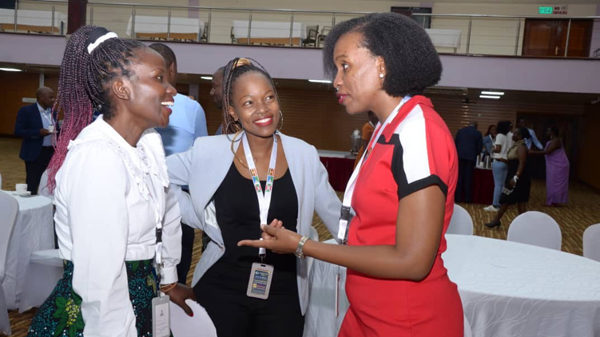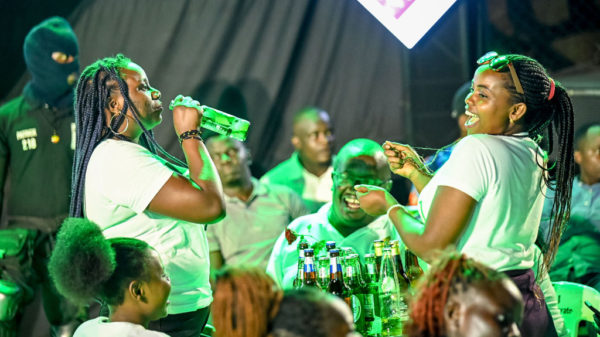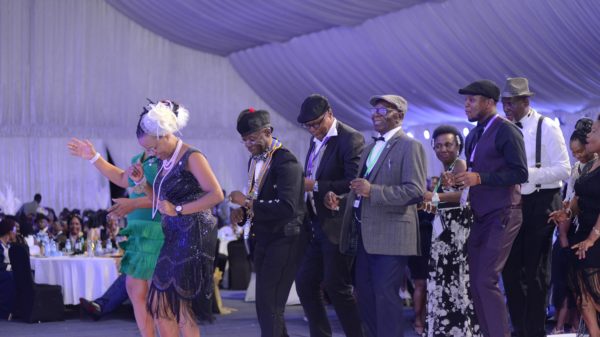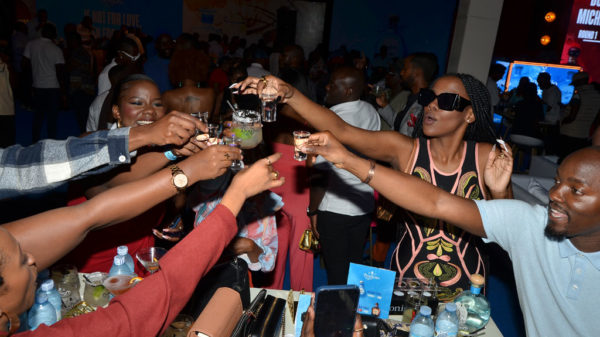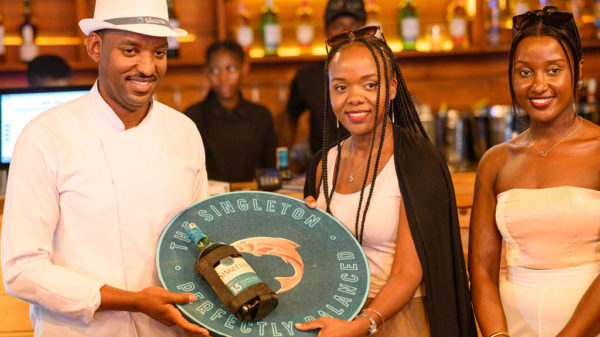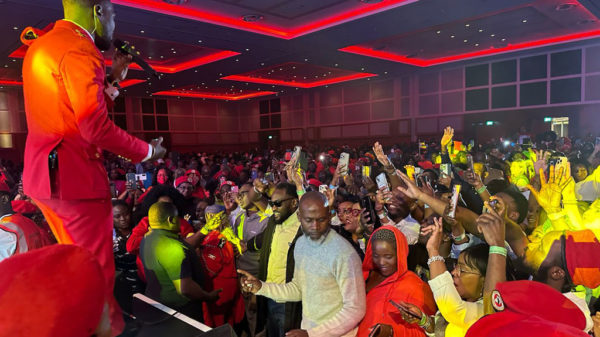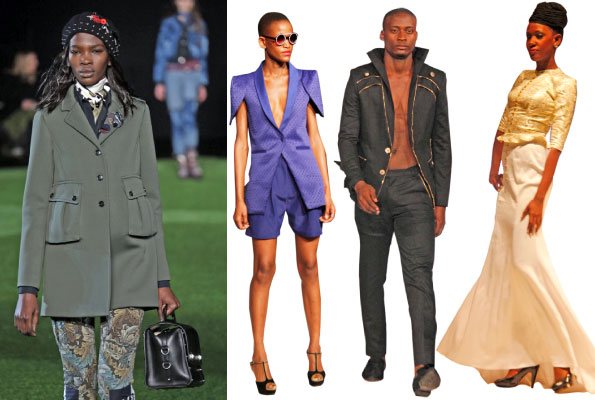
WALKING TO FAME AND WEALTH FOR A FEW: Models are admired by many and the industry is growing in Uganda. Gloria Haguma explores its highs and lows
One in five girls grows up drooling at those toned beautiful women in glossy magazines. The likes of Naomi Campbell and Tyra Banks are more like heroes for these little girls.
A small fraction of those girls keep these dreams burning and they make it into the modelling industry. Well, not the one that is as flourishing as the one Kate Moss lives in. Theirs is one filled with society resentment, exploitation and low wages, or even none at all.
You will have to agree that the modelling industry in Uganda has surely come a long way. We have moved from an era where models were labelled prostitutes and time wasters, to being some of the people holding the country’s flag high. A case in point is one Stacie Aamito who was crowned Africa’s Top Model in a reality TV search in South Africa. She is now walking the runway for top designers in the world’s fashion capitals.
The new growth in the industry however, is not an assurance that all is well; at least that is what I learn when I sat down with some of Uganda’s top models in Uganda such as Anna Kwagala, Ramah Kizito, Adam Gashe, and Vivian Mutesi.
Tough beginning
Unlike in the outside world where models get spotted at shopping malls and night clubs by scouts, getting into the modelling industry here will most probably take personal effort.
“I had no one to help me. I walked into the African Woman magazine offices and asked to model for the magazine. A few days later, they called me back for a test shoot and I haven’t looked back since then,” Anna Kwagala explains. She begun modelling during her S.6 and was paid Shs50, 000 for the first gig.
She explains that as time goes on, you begin to build your contacts. “The thing about modelling is that you need to set your goals right from the start. You have to know what you want because people are going to want to take advantage of you,” she explains.
The payments
The payments still remain the biggest challenges for these runway kings and queens. Ramah Shafik Kizito, a runway model who has modelled here and abroad explains that many of the organisers of these fashion shows do not have model fees in their budgets.
“These shows have sponsors and budgets worth millions. But it is such a shame that the models who are supposed to be the headline of the show are not budgeted for. Those clothes cannot be showcased without us the models wearing them. So I don’t see why our payments are not included in these budgets,” he adds.
I later learn that on average, models are paid between Shs50,000 to Shs100,000 for runway, with the latter fees being paid to the “top models.” And given the fact that there isn’t more than one show in a month, these fees are hardly enough for the models to survive on. Sometimes they are not even paid at all, in the disguise of giving them exposure.
Anna chips in and explains that she has learnt to get her way around this. “When someone contacts me to walk at their show, I set a fee that I feel I am contented with. If they afford it, I do the show, if they can’t, then I don’t,” she says.
Many of these shows come up as charity shows, even though the whereabouts of the funds collected thereafter are not known. “We are asked to do some of the shows for free, in the disguise of it being a charity show, but what is funny is that you never even know where the money collected goes,” Kizito explains.
When it comes to commercial modelling, which is Adam Gashes’ specialty, he explains that even though the pay is a little better than runway modelling fees, the lack of professionalism is what is killing it.
“When you sign a contract with a telecom company for instance to appear on their billboard, the advert is supposed to be up for a year. However, you find situations where the billboard stays up for over three years. And this whole time, you are not even allowed to work with the competition. So technically you are not making money,” he says.
Vivian Mutesi however seems to disagree with her colleagues and explains that it all begins with the models being very desperate.
“If you are aiming to make it big, why are you doing a show for free in the first place? If you are called for a show, and you are not okay with the pay, then do not do it. It’s not a matter of life and death. You need to make people respect you,” she states.
The Ugandan model who has had the opportunity to model at the prestigious Swahili Fashion Week in Tanzania adds that all blame can’t be piled on the organisers of events and designers as the models have a hand in dictating the terms and conditions of their working conditions.
With the ever growing number of fashion designers, there has been a concern amongst the models, about the fake designers that also emerge in the process and exploiting models.
“Everyone is coming up as a designer. They come to us that they are just starting out, and they have small budgets. But then you wonder if the music system is not free, the emcee is being paid, then why can’t the models be paid?” Kizito asks.
The ‘sexploitation’
“There are people that come backstage when the show ends. They say, ‘I like the way you walk, let us take you for dinner.’ But if you are the kind of person that lacks character, then you can easily fall for such petty offers. It’s easy to fall off track,” Kwagala explains when I asked about the cases of prostitution in the industry.
The male models have not been left out when it comes to this.
“You get hit on by both women and men. Sometime a guy walks up to you after a show and asks you out for coffee or dinner. I have no issue with gay people; I just don’t like it when I am hit on by a guy,” Adam Gashe says.
Media ignoring the models
Kwagala believes that the number one reason models in the outside world have managed to become household names is because they are supported by the media.
“Do you know how hard it is to make a show happen? But the media acknowledges the lighting, the food, the host, and there is no mention of the models at all. Magazines outside here, say Adam was wearing this at Milan fashion show. They have support from their media,” she says.
“The media is a great stake holder in uplifting the industry. We try to promote ourselves, but it goes back to the media. See when Aamito won the Africa’s Top Model contest, suddenly everyone was hyped about modelling in Uganda,” Kizito adds.
In agreement, Mutesi points out a time she has been to a show, and when the stories came out in the press, coverage was given to the guests and the organisers of the event.
“When we were at fashion intro, the press reported about the socialites, what they were wearing, who performed and the like. But there was no mention of the models who were showcasing the clothes that were the highlight of the evening.”
But like many things in Uganda, the modelling industry is catching up, slowly. There will be the rainy days, or the sunny days when another Ugandan model gets signed to an agency abroad and flies the flag high.
Success stories in the recent past
Patricia Akello
She was recently signed to Fusion Models in South Africa and this is her take on the industry.
“Modelling in Uganda isn’t a bed of roses. Models have to work more than they earn, all in the name of getting experience and being noticed, which is not fair. People should know that it takes a lot for one to be considered a model and that modelling is just like any other profession.
In regards to prostitution in the modelling industry, I have heard but haven’t seen it, so I can’t talk about what I have no proof of.
S.A Experience
My experience in South Africa has really been amazing. There is this one time I went for a cast with 300 models plus from different countries. South Africa’s fashion industry is way ahead as compared to that of Uganda. Modelling in Uganda is considered as a hobby, and in S.A it’s a profession. Everything in South Africa is done at a professional level, from castings to the production of shows and photo shoots. But of course we have some designers, models and photographers back here in Uganda who are better than some in SA and with time, I believe we shall be somewhere.”
Aamito Stacie
She won the Africa’s Next Top Model first cycle and she recently modelled at the New York Fashion Week.
“The Ugandan industry is very different in many ways. Professionalism is still a big problem. We don’t take our work seriously. The art of fashion isn’t respected in Uganda. It’s not seen as something with value. The fashion industry in New York makes billions of dollars a year. If we could put more effort into this, don’t you think it would boost the economy?
Confidence is key
I believe confidence is what will make our industry grow. As a designer, you should be confident that the clothes you are making are the best thing set before the human eye. As a model, you must be confident to walk and sell the clothes you are wearing. As a fashion buyer, you must be confident that all the fashion you are buying is what the public demands for. In all the different forms that fashion comes in, there is a form of confidence and self-esteem or self-belief that comes with it. If we teach our people this, I am sure there is nothing we can’t accomplish. We should teach them to believe in themselves, to believe in their dream. That is how we shall create the unimaginable and accomplish what we never imagined we would be.”
word from a model manager
Joram Muzira runs Joram Modelling Agency
“The modelling industry in Uganda has changed remarkably. Looking back in the early 2000s, we only had about three (Zipa, Arapapa and Devine) modelling agencies and we now have countless agencies. Every Tom, Dick and Harry wants to come up and own an agency. The industry ends up having some models who are not professional.
However, the industry is growing and advertising agencies are now believing more in local models as compared to back in the days where they had to get models from SA to shoot for local Ugandan ads. Of late most of the major ads here in Uganda feature Ugandan models.
To the agencies that are doing a great job, the industry is now growing and churning out international models like Aamito, Akello, Laloyo to mention but a few. “
On exploitation of models
“It all starts with the model knowing his/her values and what the agency values stand for. The models should always make sure they do enough research about the agency they join before signing any contracts
The other thing is that models should stop dealing with clients by themselves because this is what creates underpayment, and being exploited. They should have agents that they trust do all their bookings for them and always sign contracts/ release forms for all jobs done and decide on which worthwhile jobs are to be done and not to be done. Bottom line, if both parties (model and agent) sync together, business works better.”
TOO MANY MODELS
With new modelling agencies coming up each day, you would think that might be a solution to some of the models’ problems. But the models seem to disagree.
“Every girl wants to be a model now. And the new agencies are taking advantage of that. For example at Crystal Models, newbies are asked to pay close to Shs100,000 to join. But many of the people recruited do not even pass the standard qualities for a good model,” Kizito says.



